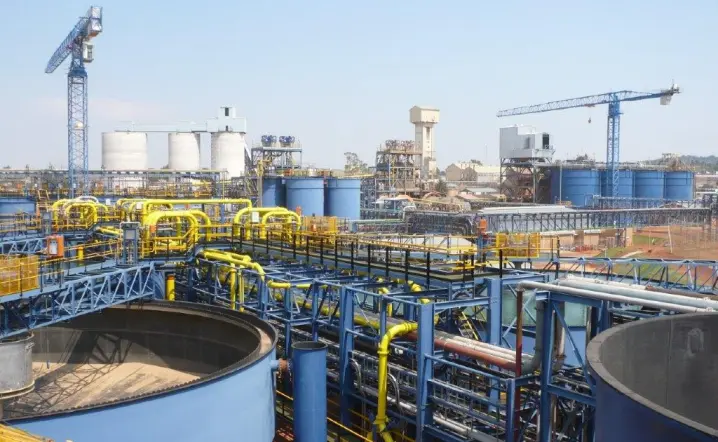


Full 1
Full 1
Full 1
Plant Layouts & Site Plans

In summary, plant layouts and site plans are vital tools in optimizing the design, construction, and operation of industrial and construction projects. They enable efficient use of resources, improved safety, and better workflow, ultimately contributing to the success of the project.
Plant layouts and site plans are essential aspects of industrial and construction projects, as they help optimize the arrangement of buildings, equipment, machinery, and facilities within a specific area. These layouts are designed to improve efficiency, safety, and productivity while considering factors such as workflow, material handling, and space utilization.
- Plant Layout: A plant layout refers to the arrangement of different elements within a manufacturing or industrial facility. The layout design aims to create a logical flow of processes, minimize material handling costs, and maximize the utilization of available space. It also considers safety regulations and ergonomic factors to ensure the well-being of workers.
- Site Plan: A site plan provides an overview of the entire project area, including buildings, infrastructure, utilities, roads, parking lots, landscaping, and other relevant features. It is typically created during the initial planning stages of a construction project and serves as a blueprint for the development and construction of the site.
- Types of Plant Layouts: There are several types of plant layouts, including: a. Process Layout: Arranges equipment and workstations based on the sequence of operations, suitable for batch or job-shop production. b. Product Layout: Organizes equipment and workstations in a straight line or U-shaped flow for continuous or mass production. c. Cellular Layout: Groups machines and workstations in cells to handle a specific set of products or processes efficiently. d. Fixed Position Layout: Used for large products (e.g., ships, aircraft) where the product remains stationary, and equipment and labor move around it.
- Factors Influencing Plant Layouts: a. Production Process: The nature of the production process influences the type of layout needed. b. Product Design: The size, shape, and characteristics of the product influence the layout configuration. c. Volume of Production: High-volume production may require a different layout compared to low-volume production. d. Safety and Regulations: Compliance with safety standards and regulations is a crucial consideration in layout design. e. Material Handling: Efficient material flow and handling play a significant role in determining the layout. f. Future Expansion: Provisions for future expansion and flexibility should be considered in the layout.
- Importance of Site Plans: a. Efficient Space Utilization: Site plans ensure optimal use of available space and prevent wastage. b. Zoning and Compliance: Site plans help ensure compliance with zoning regulations and local building codes. c. Infrastructure Planning: It facilitates the design and implementation of necessary infrastructure like roads, utilities, and drainage systems. d. Environmental Considerations: Site plans take into account environmental concerns and preserve natural features when possible. e. Stakeholder Communication: A clear site plan helps communicate the project vision to stakeholders, contractors, and regulatory authorities.